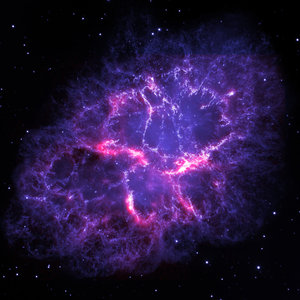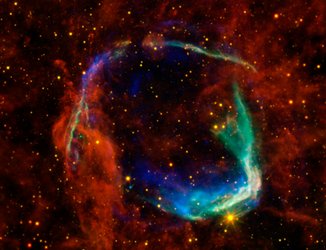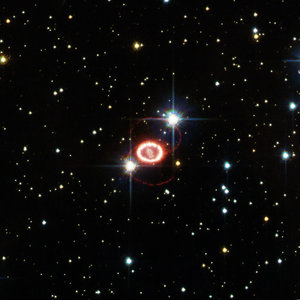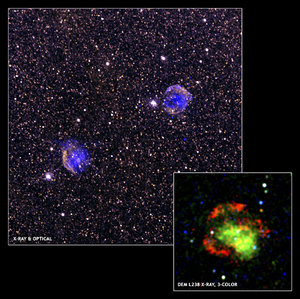Accept all cookies Accept only essential cookies See our Cookie Notice

About ESA
The European Space Agency (ESA) is Europe’s gateway to space. Its mission is to shape the development of Europe’s space capability and ensure that investment in space continues to deliver benefits to the citizens of Europe and the world.
Highlights
ESA - United space in Europe
This is ESA ESA facts Member States & Cooperating States Funding Director General Top management For Member State Delegations European vision European Space Policy ESA & EU Space Councils Responsibility & Sustainability Annual Report Calendar of meetings Corporate newsEstablishments & sites
ESA Headquarters ESA ESTEC ESA ESOC ESA ESRIN ESA EAC ESA ESAC Europe's Spaceport ESA ESEC ESA ECSAT Brussels Office Washington OfficeWorking with ESA
Business with ESA ESA Commercialisation Gateway Law at ESA Careers Cyber resilience at ESA IT at ESA Newsroom Partnerships Merchandising Licence Education Open Space Innovation Platform Integrity and Reporting Administrative Tribunal Health and SafetyMore about ESA
History ESA Historical Archives Exhibitions Publications Art & Culture ESA Merchandise Kids Diversity ESA Brand Centre ESA ChampionsLatest
Space in Member States
Find out more about space activities in our 23 Member States, and understand how ESA works together with their national agencies, institutions and organisations.
Science & Exploration
Exploring our Solar System and unlocking the secrets of the Universe
Go to topicAstronauts
Missions
Juice Euclid Webb Solar Orbiter BepiColombo Gaia ExoMars Cheops Exoplanet missions More missionsActivities
International Space Station Orion service module Gateway Concordia Caves & Pangaea BenefitsLatest
Space Safety
Protecting life and infrastructure on Earth and in orbit
Go to topicAsteroids
Asteroids and Planetary Defence Asteroid danger explained Flyeye telescope: asteroid detection Hera mission: asteroid deflection Near-Earth Object Coordination CentreSpace junk
About space debris Space debris by the numbers Space Environment Report In space refuelling, refurbishing and removingSafety from space
Clean Space ecodesign Zero Debris Technologies Space for Earth Supporting Sustainable DevelopmentApplications
Using space to benefit citizens and meet future challenges on Earth
Go to topicObserving the Earth
Observing the Earth Future EO Copernicus Meteorology Space for our climate Satellite missionsCommercialisation
ESA Commercialisation Gateway Open Space Innovation Platform Business Incubation ESA Space SolutionsEnabling & Support
Making space accessible and developing the technologies for the future
Go to topicBuilding missions
Space Engineering and Technology Test centre Laboratories Concurrent Design Facility Preparing for the future Shaping the Future Discovery and Preparation Advanced Concepts TeamSpace transportation
Space Transportation Ariane Vega Space Rider Future space transportation Boost! Europe's Spaceport Launches from Europe's Spaceport from 2012Latest

Multi-wavelength view of a supernova remnant
Thank you for liking
You have already liked this page, you can only like it once!
New Year’s Eve may be past, but we are not done with fireworks just yet. This image, which includes data from ESA’s Herschel Space Observatory, shows the remnants of an explosion – not of the colourful type ignited during celebrations, but of the stellar kind.
The object in the image, dubbed G54.1+0.3, is a supernova remnant, the leftovers of a massive star that died a violent death. It is located about 20,000 light-years away from us, in the northern constellation of Sagitta, the arrow.
As the star ran out of fuel, it shed its outer layers in a powerful explosion while its core collapsed due to gravity, eventually forming an extremely dense neutron star. The remnant of this particular explosion is a pulsar, a fast-rotating neutron star that shines brightly in the radio and X-ray parts of the electromagnetic spectrum.
Besides the stellar remnant, the dust and gas in the surrounding envelope are also quite remarkable. According to a recent study by J. Rho and collaborators, these layers contain silica – also known as silicon dioxide, or SiO2 – a major component of many types of rocks on Earth, making up about 60 percent of our planet’s crust. The study is the first to show that this key ingredient of everyday materials like glass and sand can be formed in supernova explosions.
This image combines infrared and X-ray data collected by three space observatories and radio observations obtained from the ground.
The data from Herschel, shown in green hues in this view and corresponding to the far-infrared wavelength of 70 microns, played a key part in helping astronomers detect silica in the dusty envelope of this supernova remnant, along with mid-infrared observations from NASA’s Spitzer Space Telescope, corresponding to 24 microns and shown in blue.
The radio data, obtained with the Karl G. Jansky Very Large Array in New Mexico, USA, are shown in red, while yellow hues show the X-ray data from NASA’s Chandra X-ray Observatory.
Operating between 2009 and 2013, Herschel left a legacy of treasured data that are still producing a multitude of scientific results every year. The study of supernova remnant G54.1+0.3 is based on archival data from one of the observatory’s key programmes, the Herschel infrared Galactic Plane Survey (Hi-GAL).
-
CREDIT
NASA/JPL-Caltech/CXC/ESA/NRAO/J. Rho (SETI Institute) -
LICENCE
ESA Standard Licence

Crab Nebula

Multicoloured view of supernova remnant

Supernova remnant 1987A

Scorching hot iron within supernova remnant N132D















 Germany
Germany
 Austria
Austria
 Belgium
Belgium
 Denmark
Denmark
 Spain
Spain
 Estonia
Estonia
 Finland
Finland
 France
France
 Greece
Greece
 Hungary
Hungary
 Ireland
Ireland
 Italy
Italy
 Luxembourg
Luxembourg
 Norway
Norway
 The Netherlands
The Netherlands
 Poland
Poland
 Portugal
Portugal
 Czechia
Czechia
 Romania
Romania
 United Kingdom
United Kingdom
 Slovenia
Slovenia
 Sweden
Sweden
 Switzerland
Switzerland
























